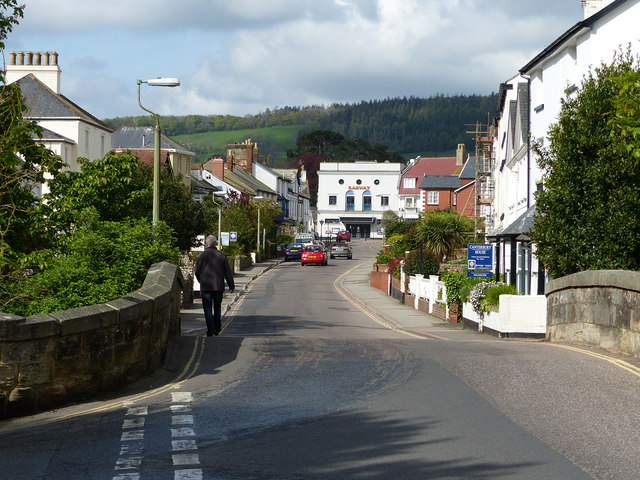… whilst keeping it “distinctive”.
“Currently greater weight is often given to the preservation of a listed building over sustainability, and this is an area where further guidance is needed if the UK is serious about meeting its 2050 net zero carbon commitment.”
Using a ‘whole house approach’ which considers context, construction, condition, historic significance and an understanding of all the factors that affect energy use.
.
Heritage street furniture:
Even a new town has its heritage, as a story from this week shows:
Milton Keynes group bids to keep street light heritage
The distinctive globe lights installed by Milton Keynes town designers in the 1970s are slowly being replaced.
The Milton Keynes Street Lighting Association … said new installations had “departed from the established style” and the introduction of LED technology “threatens to erase this key part of Milton Keynes’ distinctive heritage”.
“But the street lights are just another part of Milton Keynes. Like the grid roads and roundabouts, they are part of the town’s original feel and if you move away from the designs, you lose that feel. We would like the council to confirm some estates may keep their globes as part of modern heritage.”
Milton Keynes group bids to keep street light heritage – BBC News
It’s an issue being brought up everywhere – including Sidmouth.
New energy-efficient lighting and heritage street lamps were referred to in a recent Sid Vale Association talk on ‘local heritage’:
The council is replacing street lamps across the county:
Devon County Council LED Streetlights – Devon Climate Emergency
Including on Salcombe Road – where it is still managing to keep the original street furniture (see photo)
Historic buildings:
However, a bigger problem is how to increase the energy efficiency of our properties.
This article (from the FT originally) looks at pretty much all the issues:
Can the UK make its heritage housing greener?
The UK’s official climate advisers have warned the national housing stock — which is among the least energy efficient in Europe — is generally “unfit” and the government will not meet its emissions targets without the “near complete elimination” of those from buildings. But residential carbon dioxide emissions, most of which come from gas heating, have actually risen since 2015.Dramatically reducing the energy needed to heat heritage buildings is a particular challenge as the properties are subject to conservation laws…
Conservationists say lower efficiency standards for older buildings can be justified by the carbon emissions that would be needed to build replacements, as well by their cultural value and their role in attracting tourists to cities such as Edinburgh or Bath in England, also a World Heritage site. Dominic Tristram of Bath’s Green party said authorities could do more to push for improvements to older buildings that poorer residents struggled to heat. “There’s no incentive or pressure on landlords to make their houses more efficient because it’s a cost to them,” Tristam said…
Can the UK make its heritage housing greener? – Business Fast
Last month, the property consultants Savills looked at some practical steps:
How historic buildings can help meet climate goals
The built environment contributes around 40 per cent of the UK’s total carbon footprint and is therefore a key area for climate change mitigation.
While the majority of existing and emerging Local Plan development policies on carbon reduction and energy efficiency are currently focused on new build development, the carbon emissions from the redevelopment of existing buildings is now coming under increasing scrutiny.
The repair and re-use of existing buildings is usually less carbon intensive than either demolition and rebuilding or new build on greenfield sites in terms of the materials and processes used in construction.
It may not always be possible to reach the same level of operational energy efficiency as a new build due to the constraints of the existing building and heritage status. However, lifecycle carbon emissions can still be addressed and there will be significant opportunities to reduce a building’s overall carbon footprint while preserving its historic significance.
Currently greater weight is often given to the preservation of a listed building over sustainability, and this is an area where further guidance is needed if the UK is serious about meeting its 2050 net zero carbon commitment…
Savills Blog | How historic buildings can help meet climate goals
Historic England provides a lot of helpful, comprehensive guidance:
Energy Efficiency and Historic Buildings | Historic England
It’s just published this:
Historic England’s Practical Guidance on Energy Efficiency
This guidance acts as a starting point for devising an energy efficiency plan. It sets out our ‘whole house approach’ which considers context, construction, condition, historic significance and an understanding of all the factors that affect energy use. Checklists of potential improvements are included with their respective benefits, comparative costs and technical risks.
Historic England’s Practical Guidance on Energy Efficiency | Historic England
See also:
Heritage and climate change: ‘taking positive action’ – Vision Group for Sidmouth
Planning and heritage: an unclear picture – Vision Group for Sidmouth
Heritage and climate change – Vision Group for Sidmouth
Heritage and the environment in Sidmouth – Vision Group for Sidmouth
